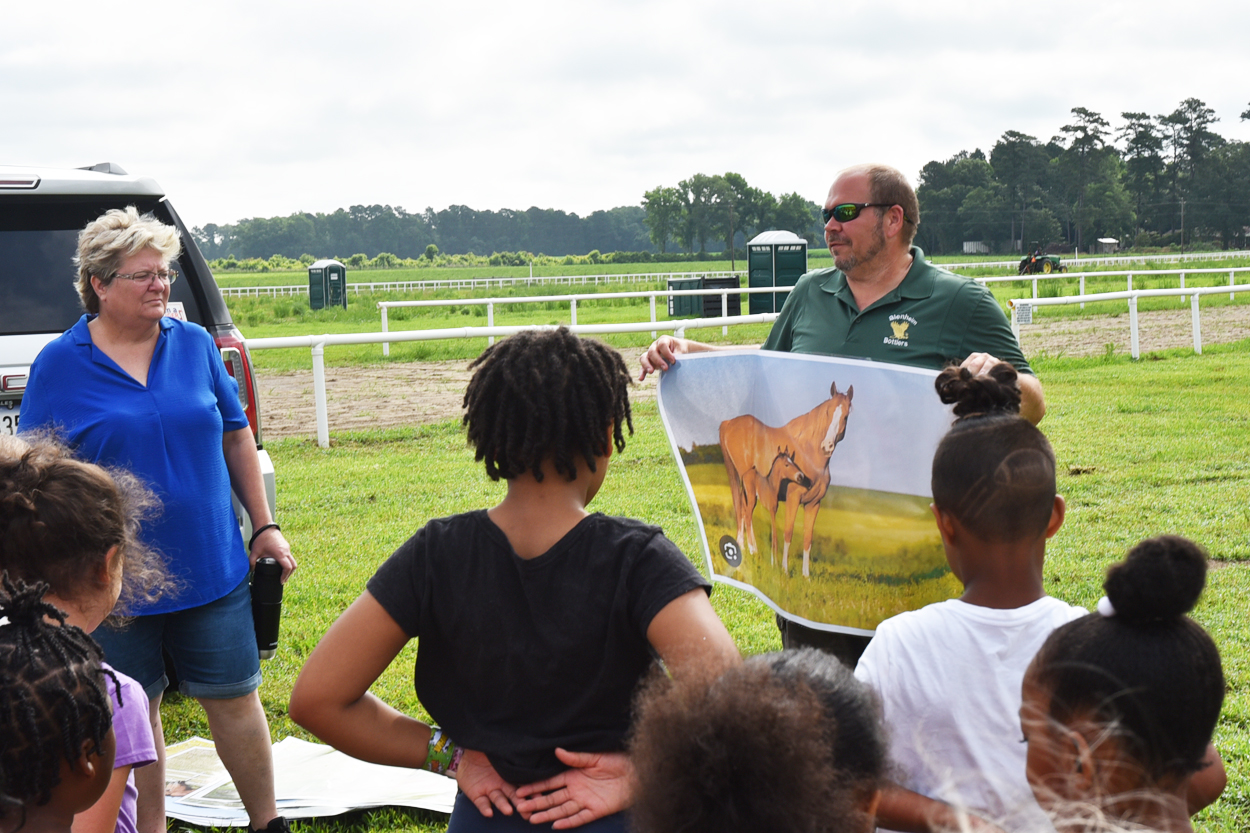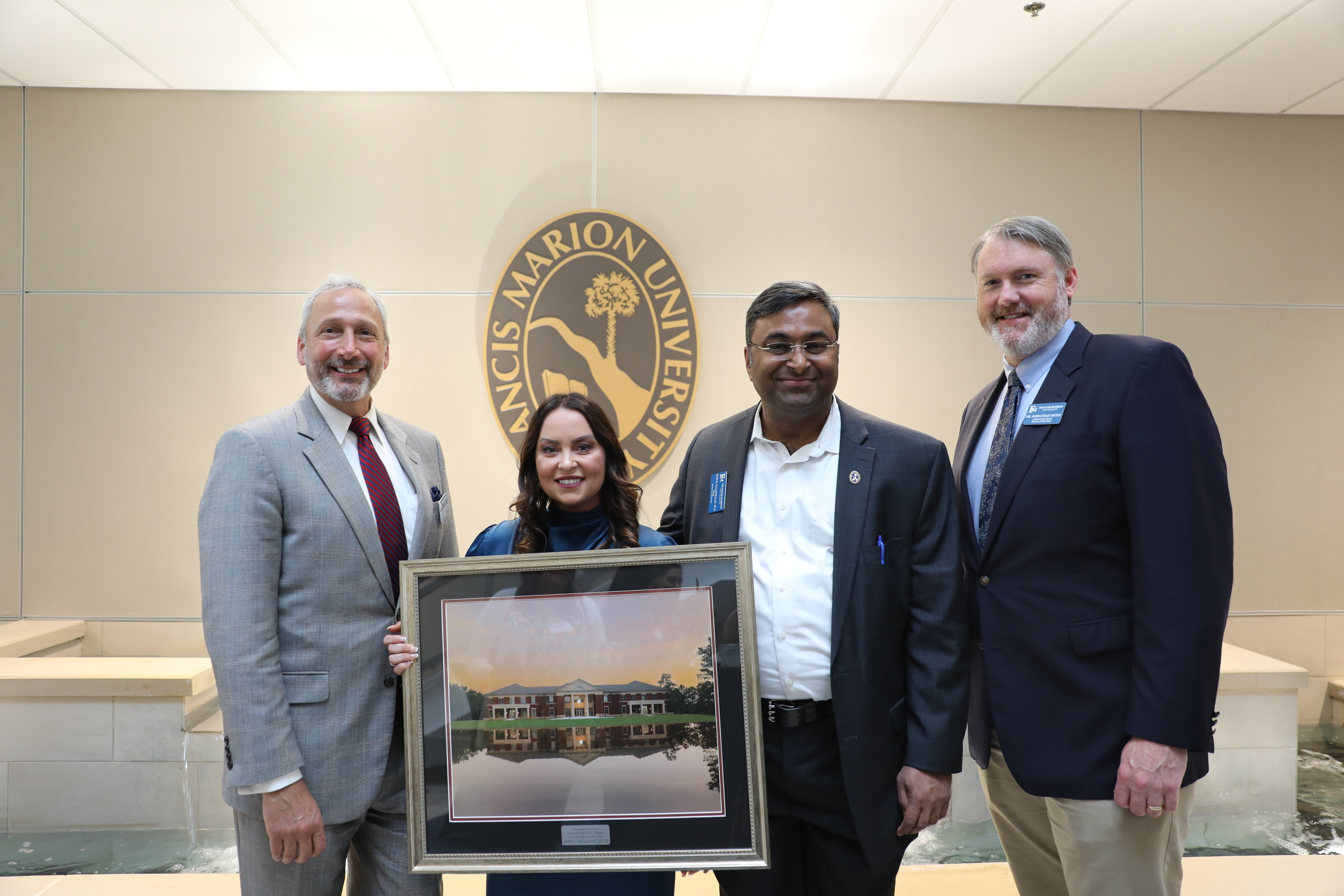Gia’s Equine Center welcomed to The Save The Children Summer Boost Program for East Elementary School on June 6.
This event was hosted by Kenny Cook of Gia’s Equine Center. Leigh Ann Moody, Director of The Save The Children Summer Boost Program at East Elementary School, along with other leaders at East Elementary School, brought a group of enthusiastic students to visit and learn all about horse racing from birth until the age of racing and afterwards.
Cook explained that most owners of horses wanted the birth of a foal to be January 1 or near that date as every January 1 the horse is one year older. After the birth of a foal, the foal is weaned from the mother around 4 months old. Horses are approximately 90% stomach and therefore must eat and play as they develop each’s own personality. Horses have plenty of energy and are kept in a stall to help prevent injury to the horses.
After 1 year of age, the foal becomes a yearling. At this time, a racing horse begins the training. Horses have to be taught to stay inside the starting gates at a race.
At 2 years of age, horses begin to race and will race for 2, 3, 4, or 5 years or as long as they are healthy.
According to Mr. Cook, horses love to perform for people.
Most horses are spoiled by the owners, trainers, and groomers. The horses are washed daily, fed well, and much more.
Although owners get the credit for the horses, trainers and groomers do all the work. The groomer is the one who walks the horses.
Cook and his team including trainer Richard Lane, groomer Cayon Huggins, and the jockey brought out a 6-year-old Thoroughbred. The Thoroughbred makes the most money as a 3-year-old, and the quarter horse makes the most money as a 2-year-old. This Thoroughbred weighed 900 pounds and must be seen by the vets all of the time. Next, the team brought a 4-year-old quarter horse that weighed 1500 pounds. The jockeys are small and light weight to enable the horses to run faster and more distance efficiently.
The children were instructed that a bit in the horse’s mouth is used to control the horse’s movements.
Cook explained the process for training different horses. He also explained the cost of different horses.
After working a horse, the horse must be placed on a walking track for an hour to cool down.
The tour continued to the barn where the horses are in a stable and allowed to eat there. As horses were intended to eat grass, these horses are now fed grain and must take vitamins and see the vets to help with stomach issues.
After the tour was over, the group traveled to Mr. Kenny Cook’s house and AMS Tree Service for snacks, beverages, and other refreshments.
Everyone had a great time on this outing!
Gia’s Equine Center is located at 206 Old Hamer Road, Hamer, S.C.
PHOTO GALLERY
Photos by Johnnie Daniels/The Dillon County News, LLC
Click to enlarge.





















